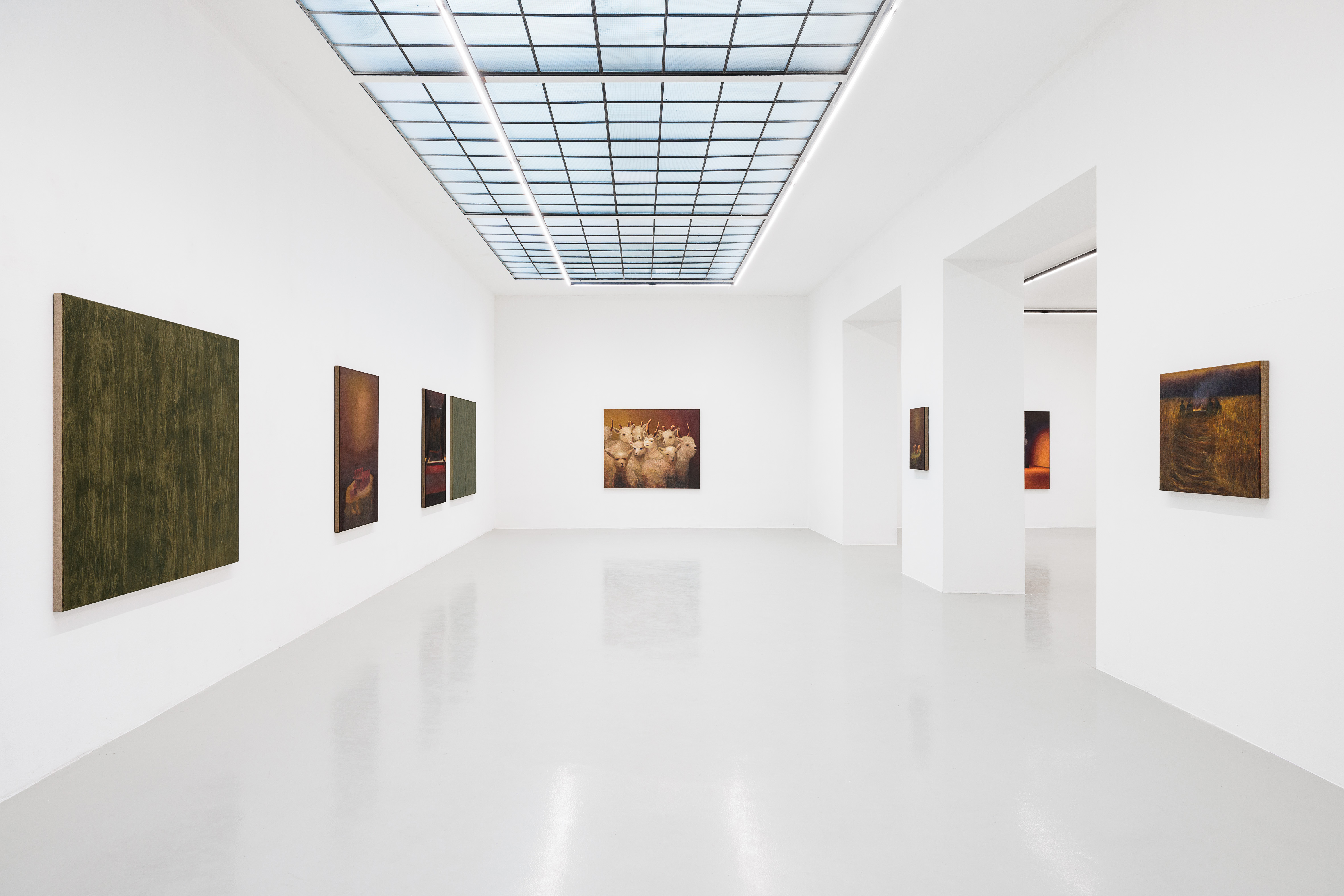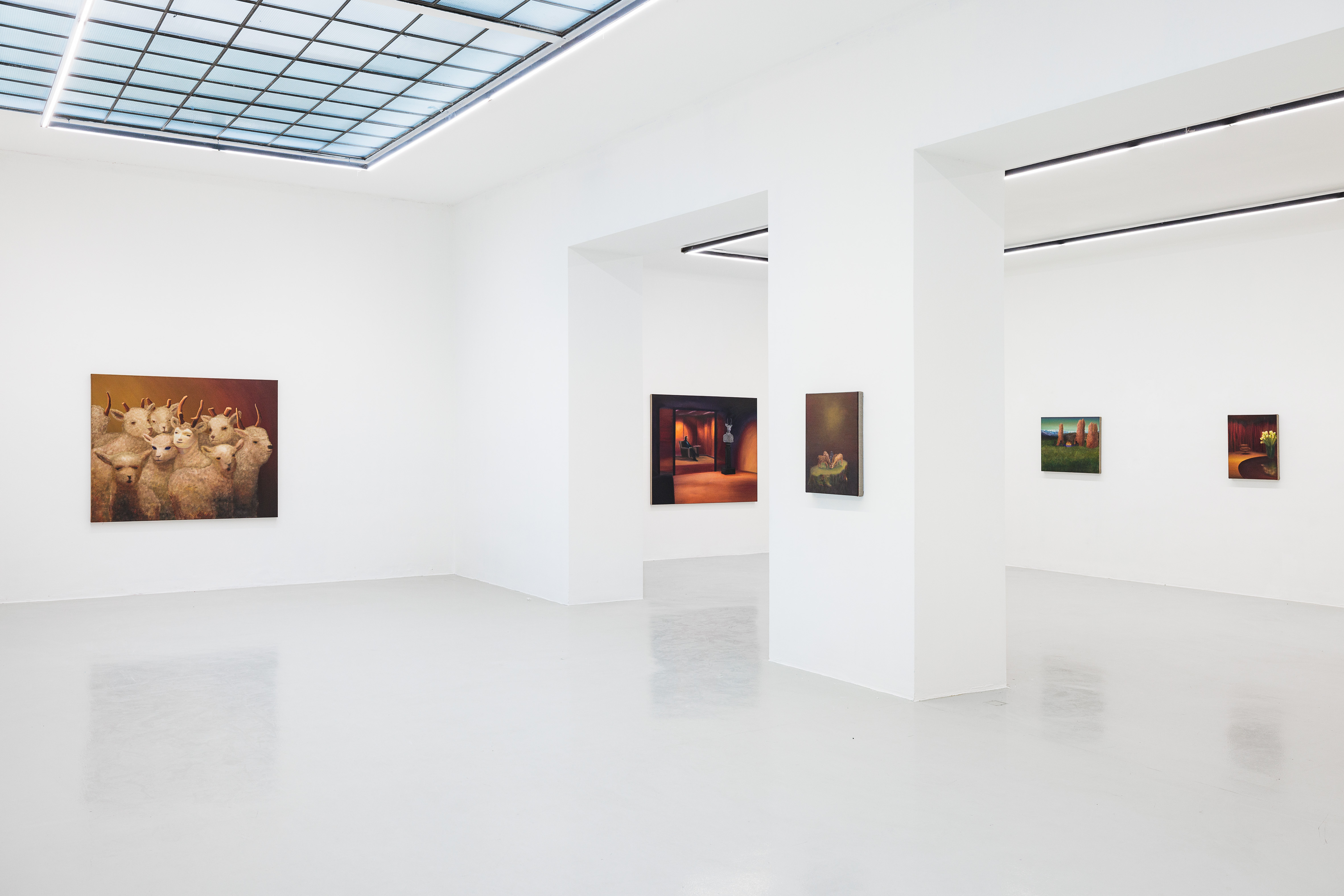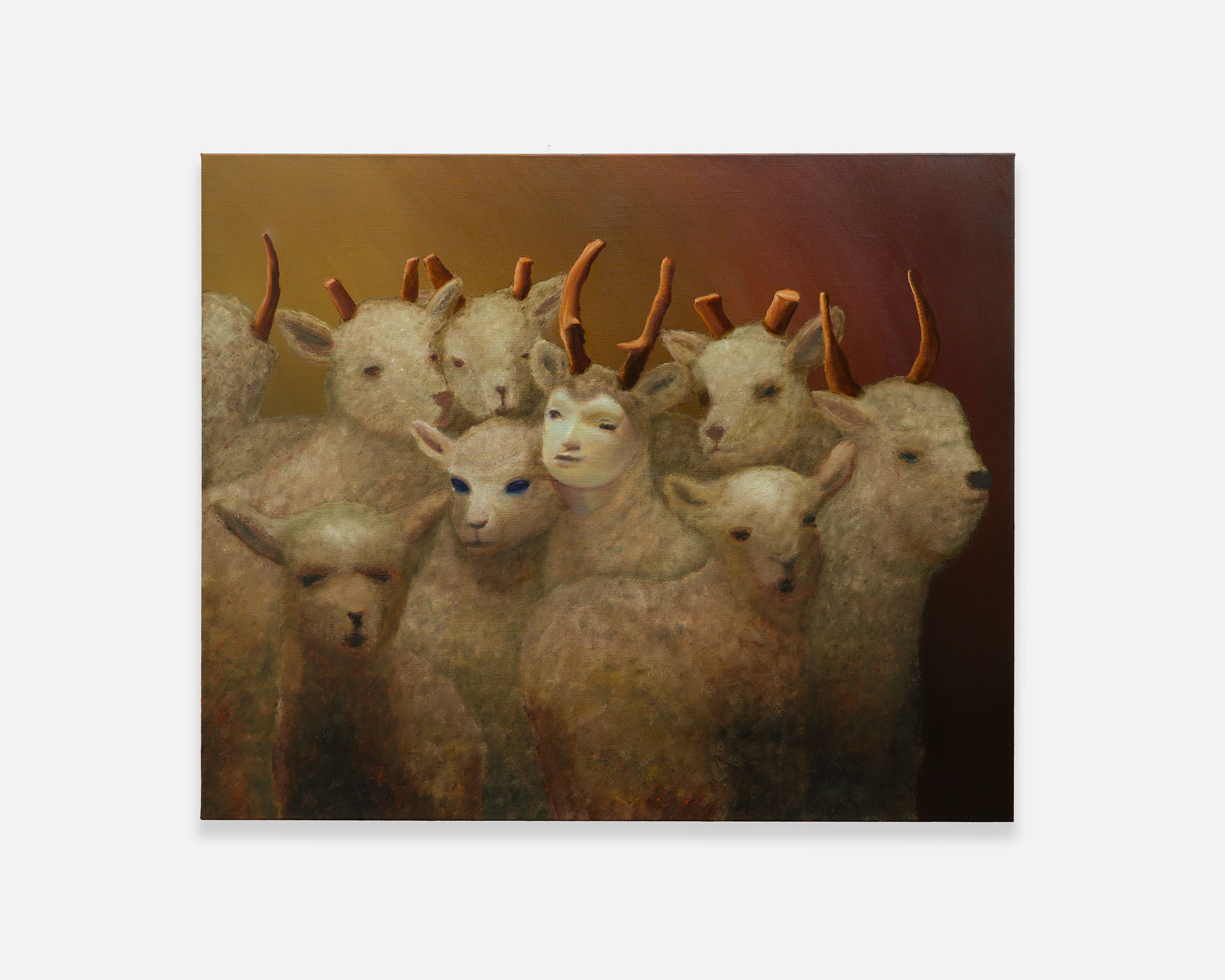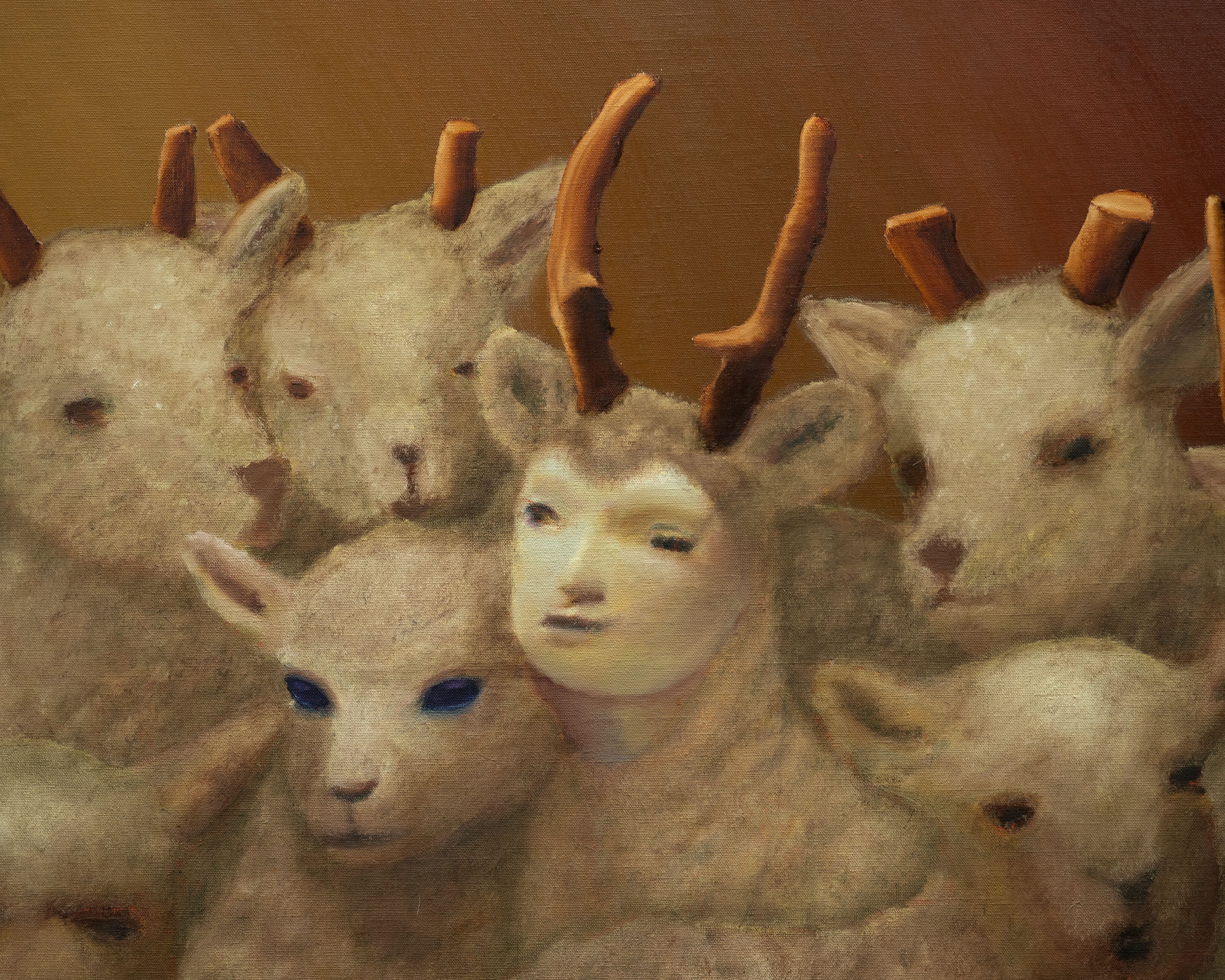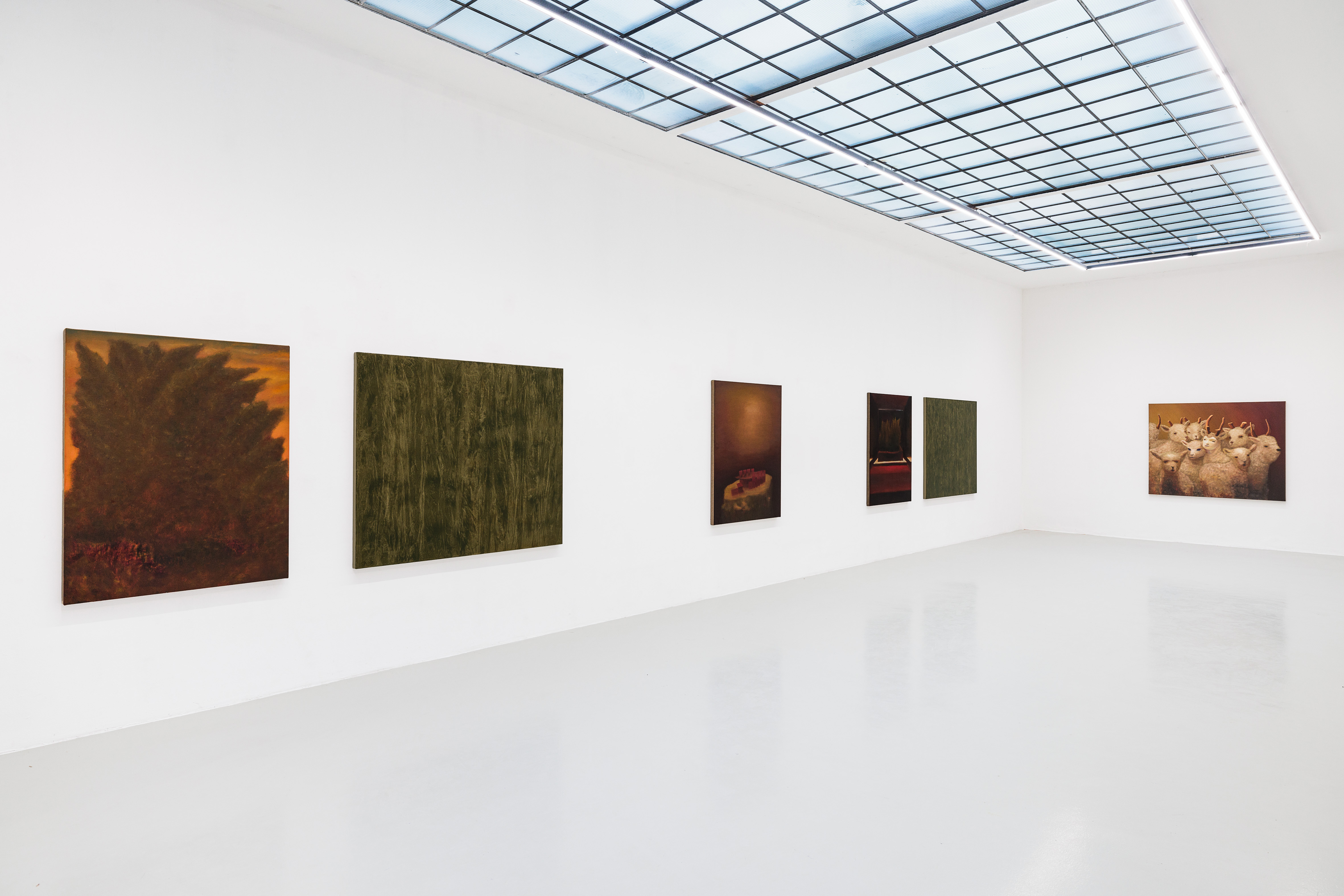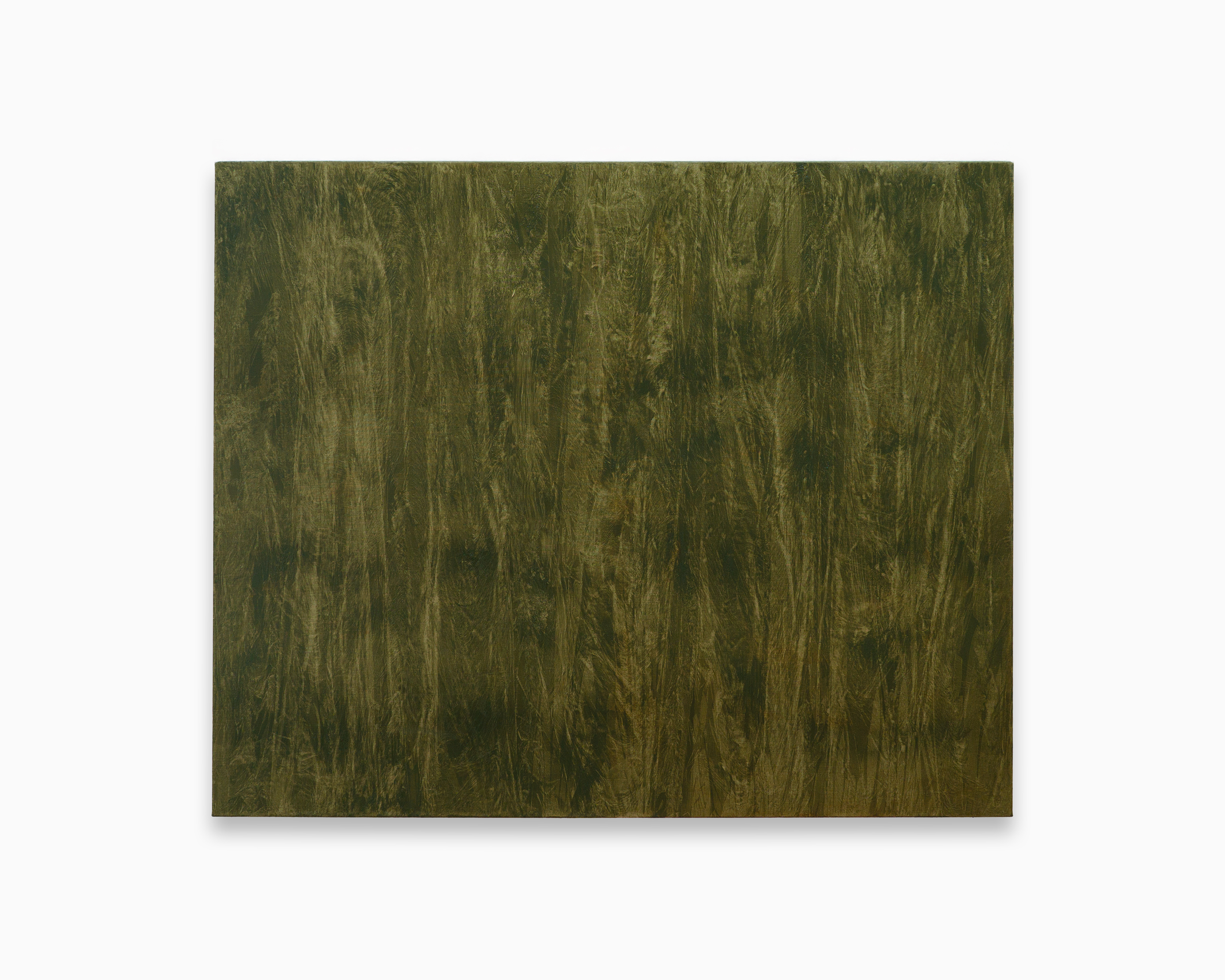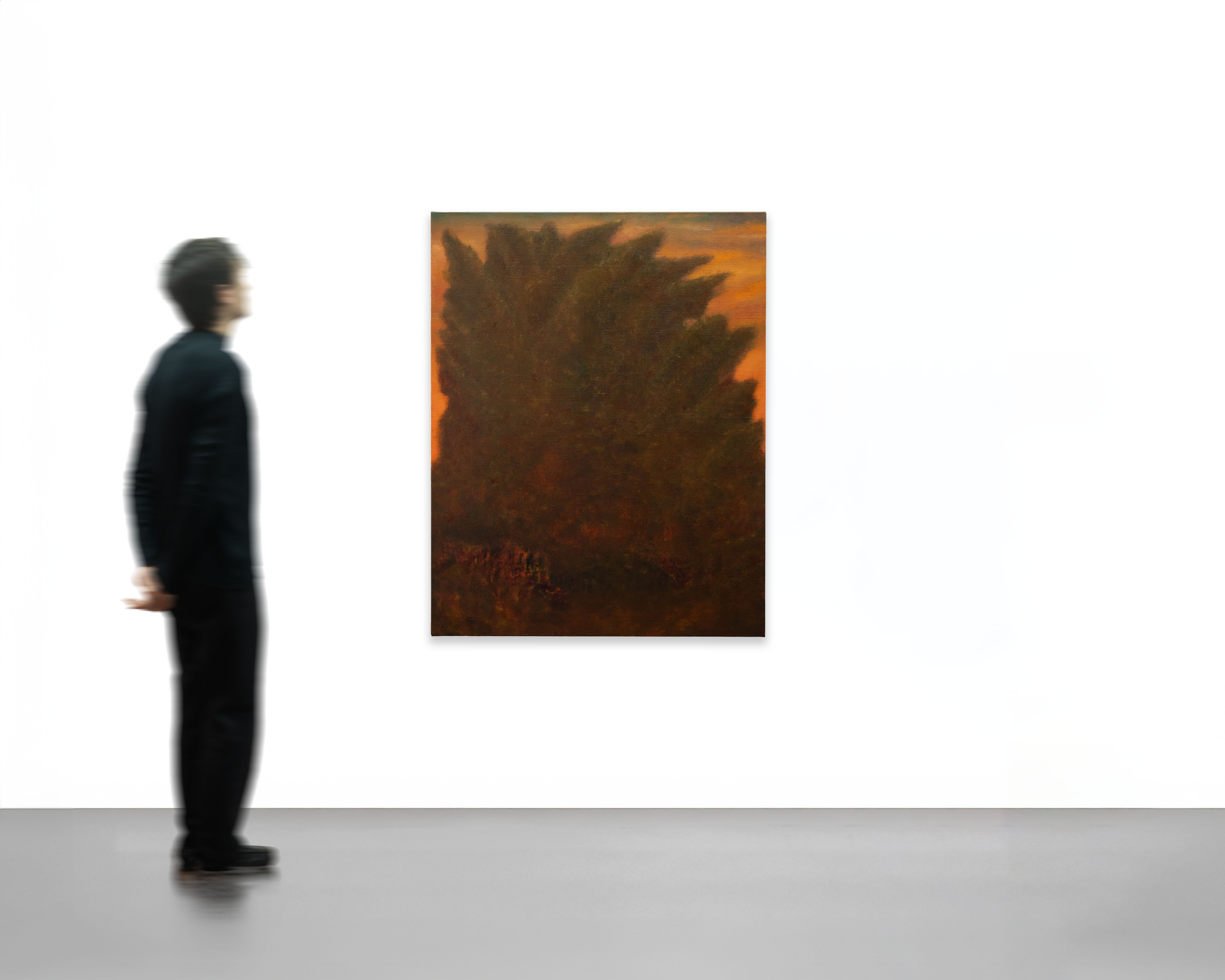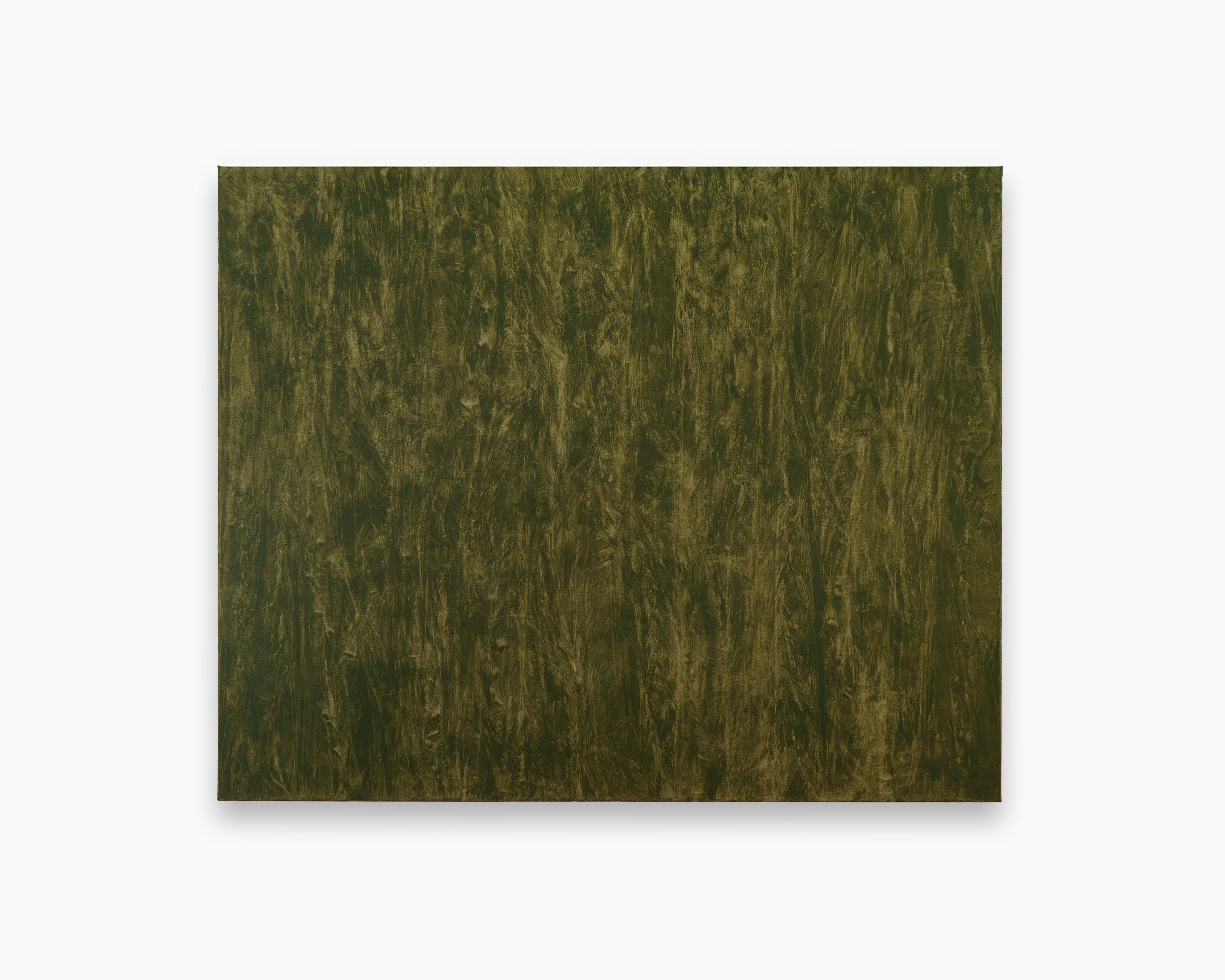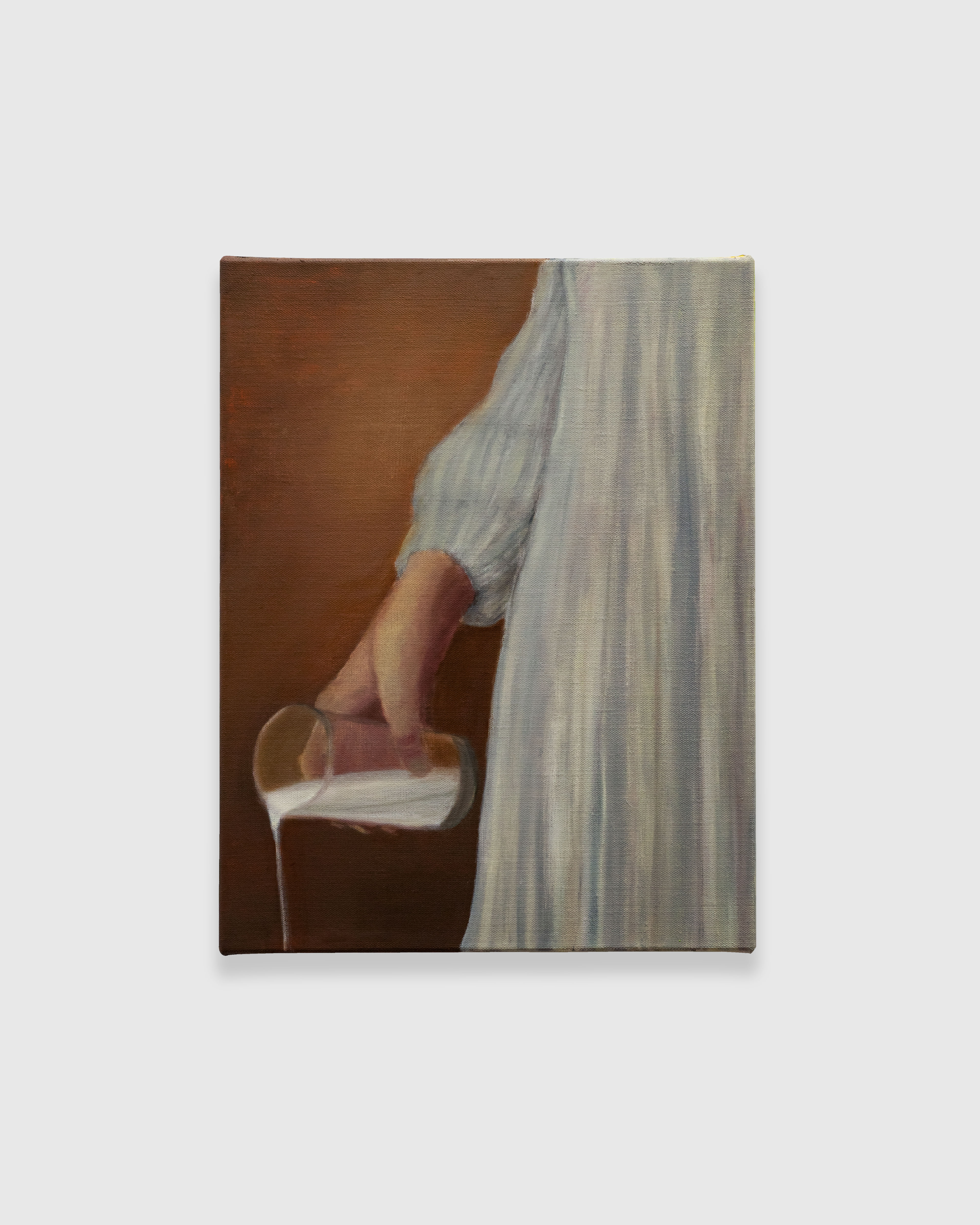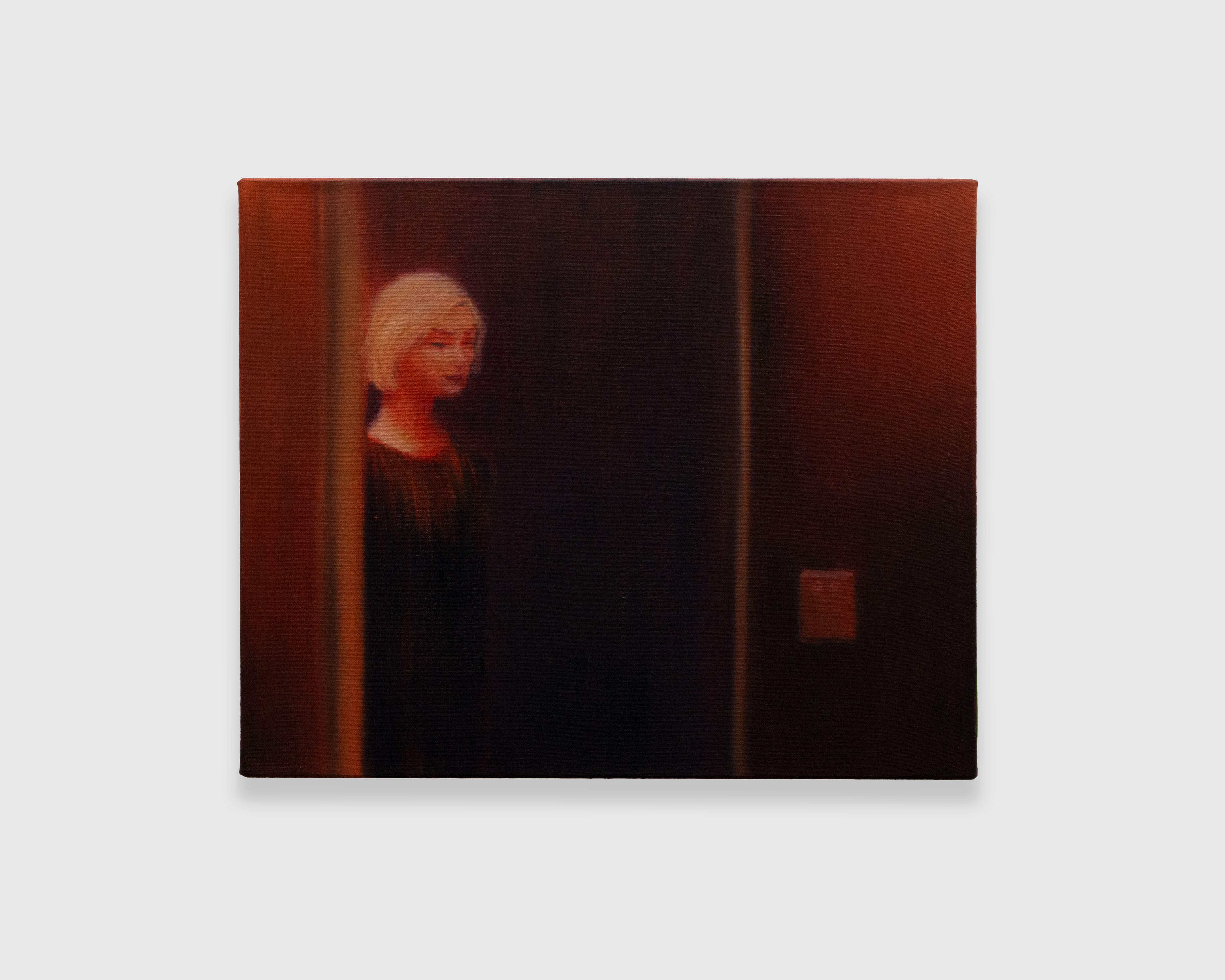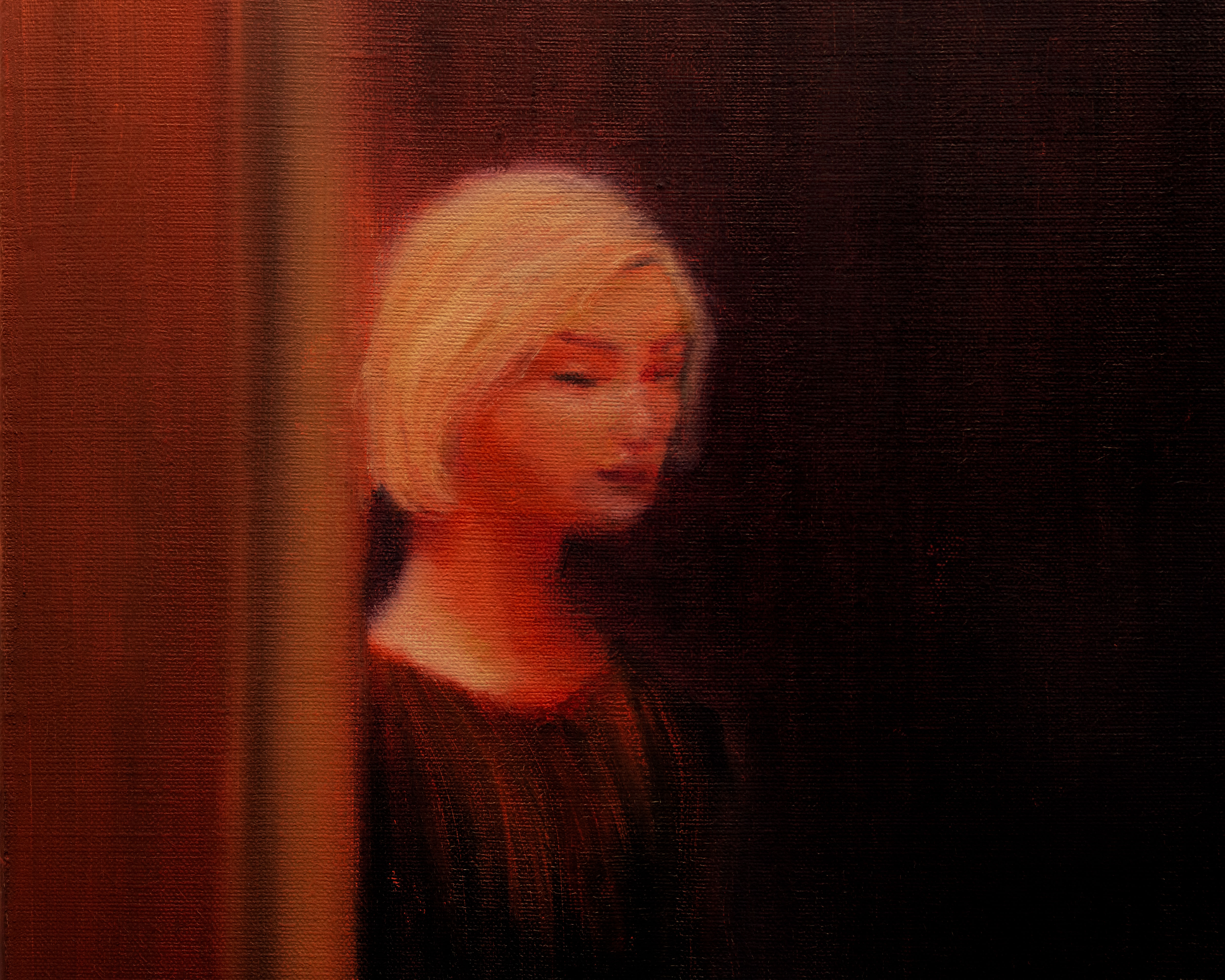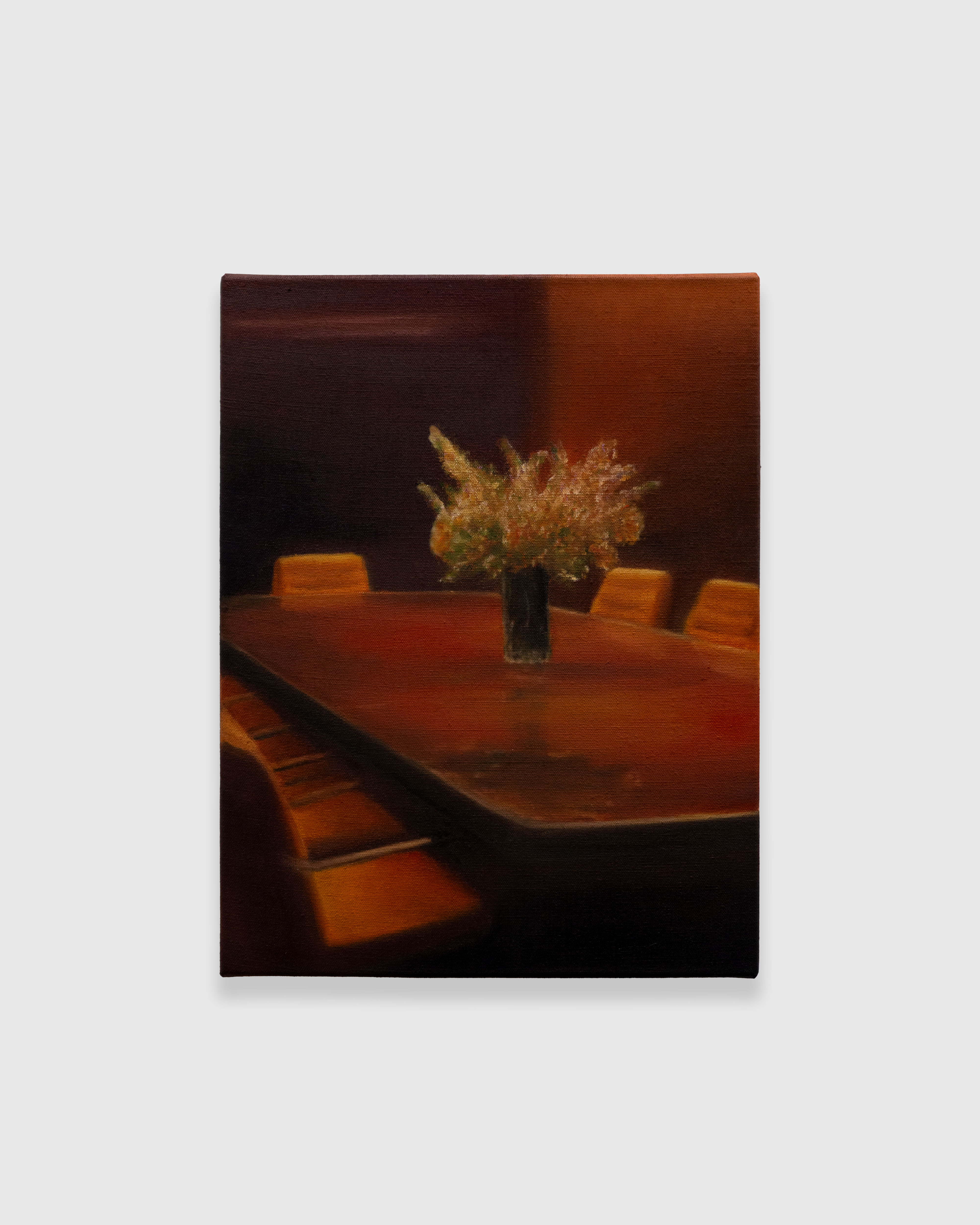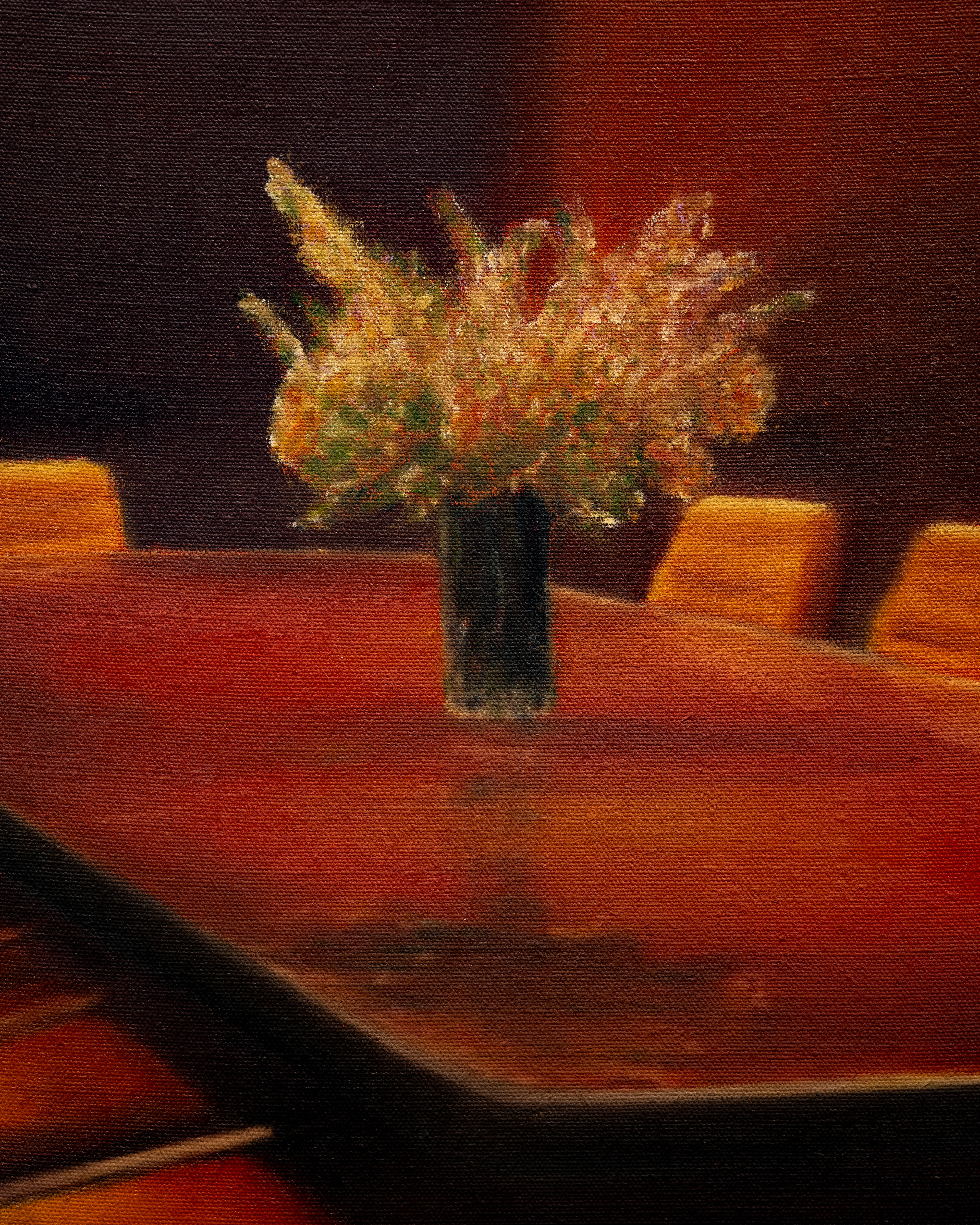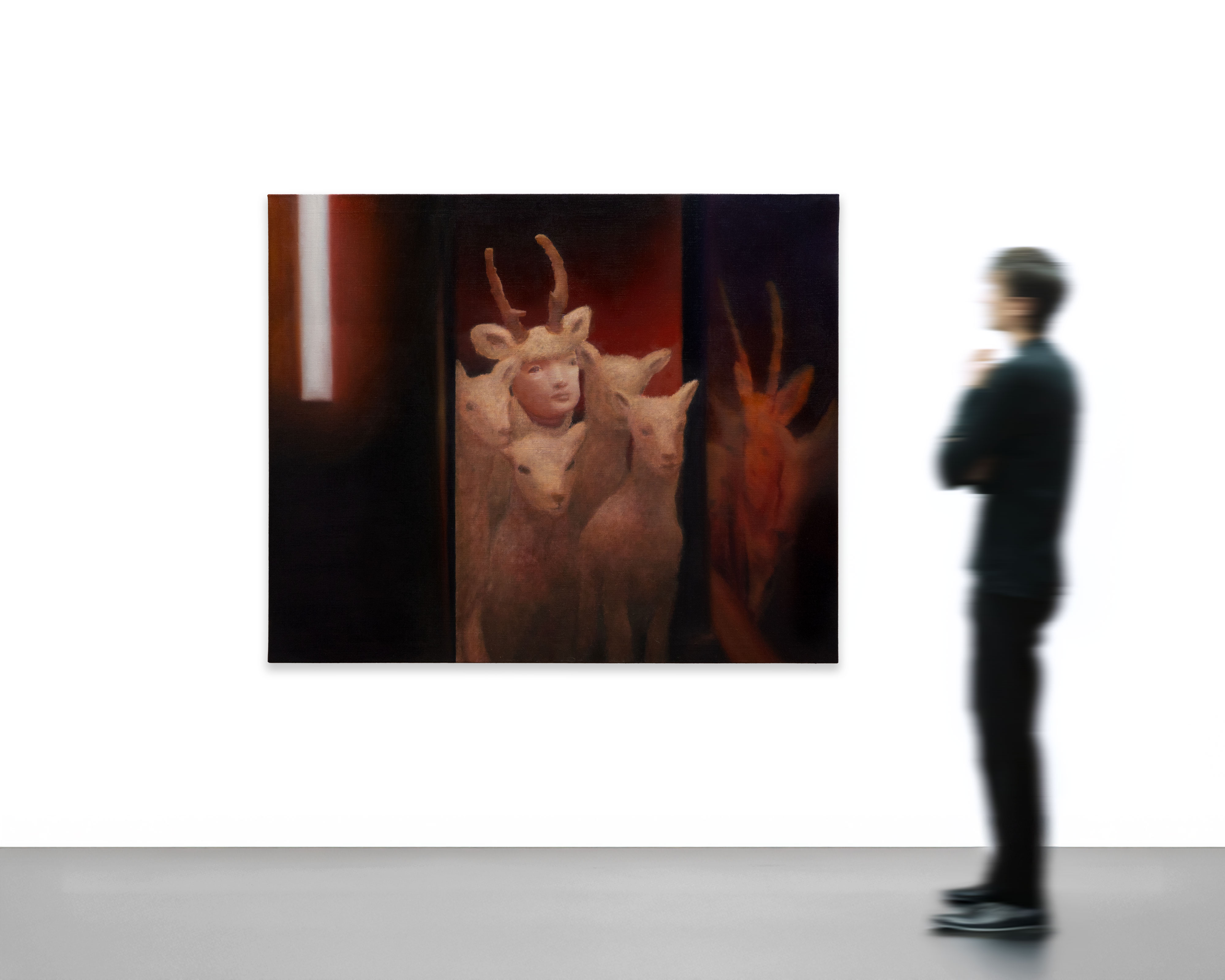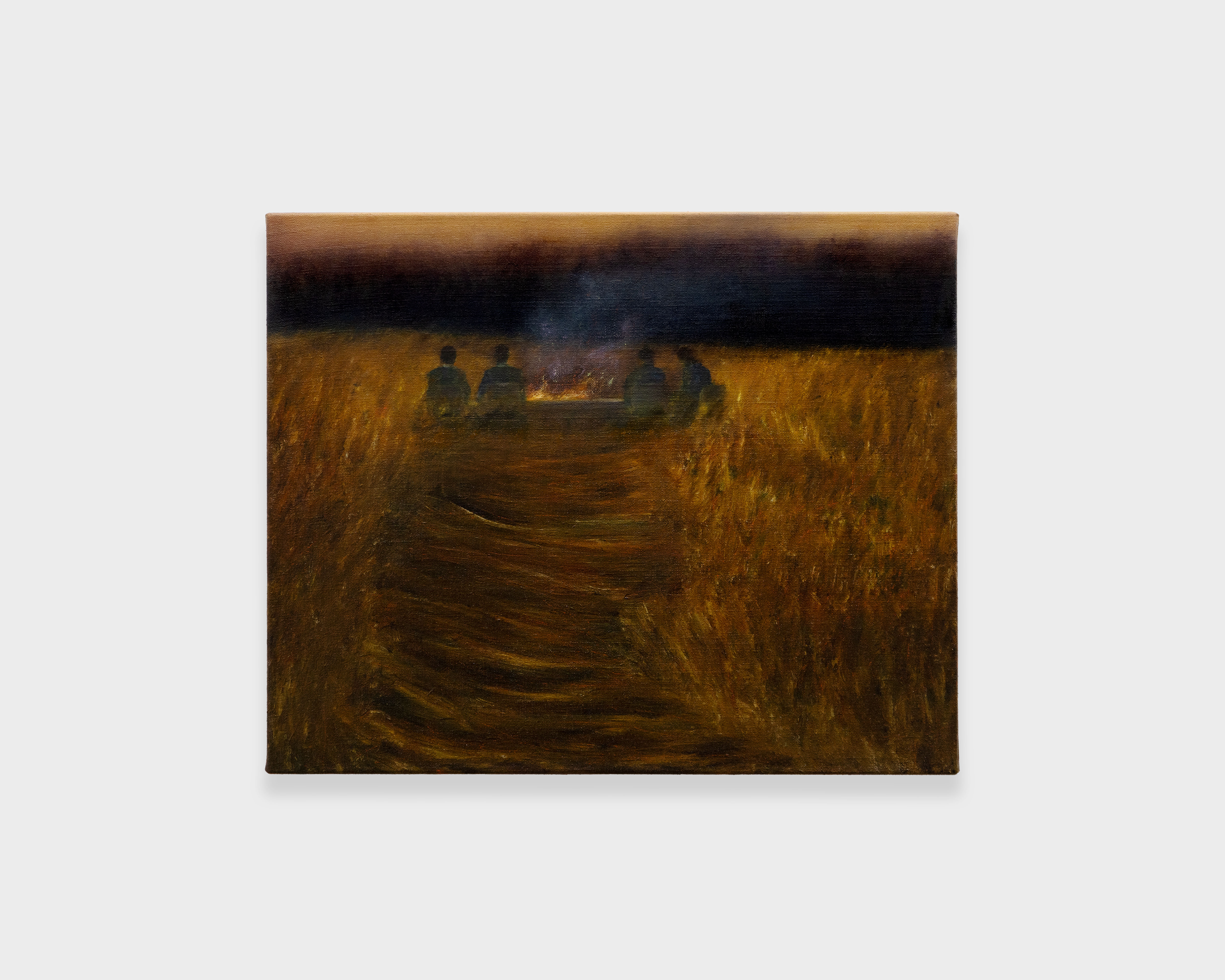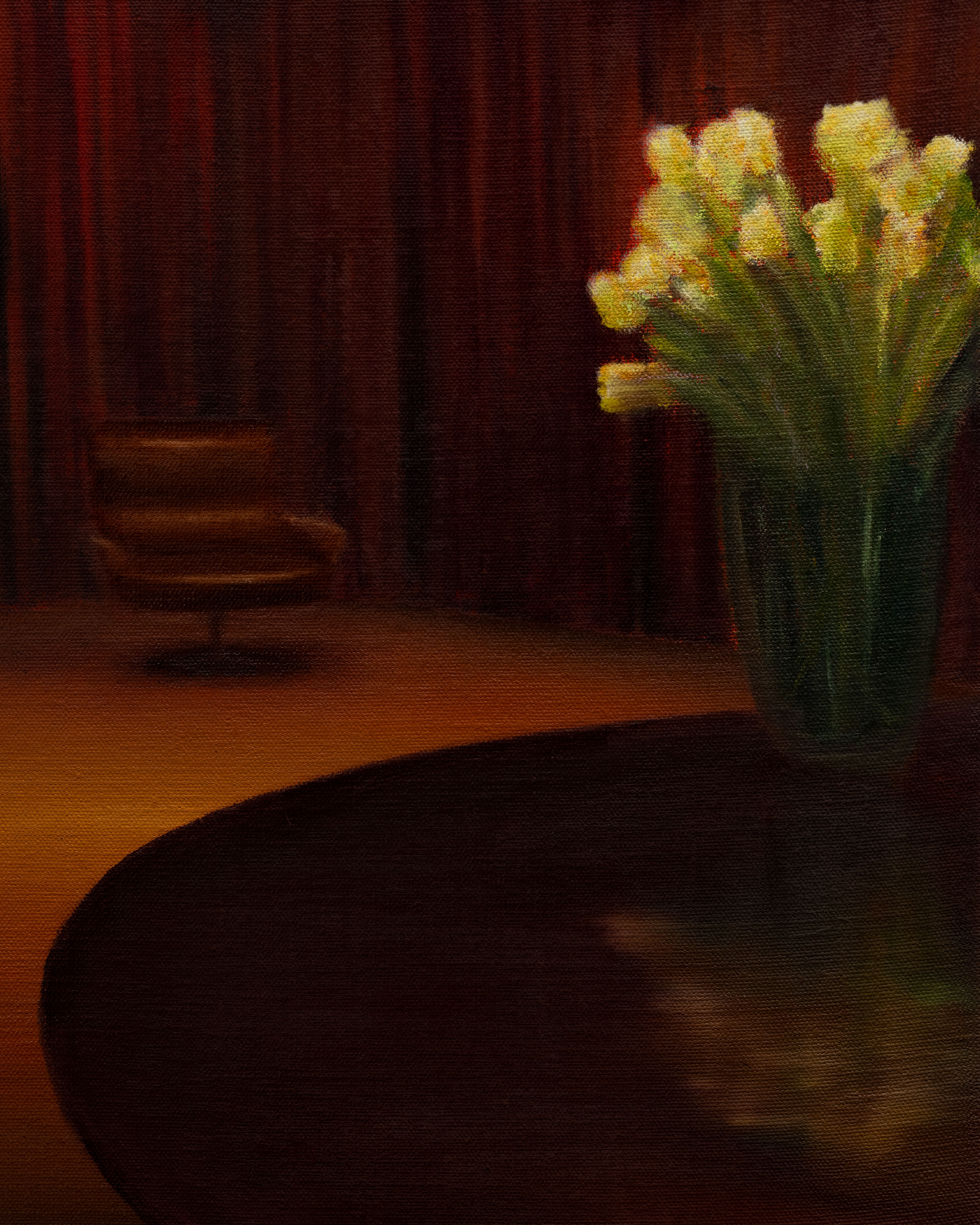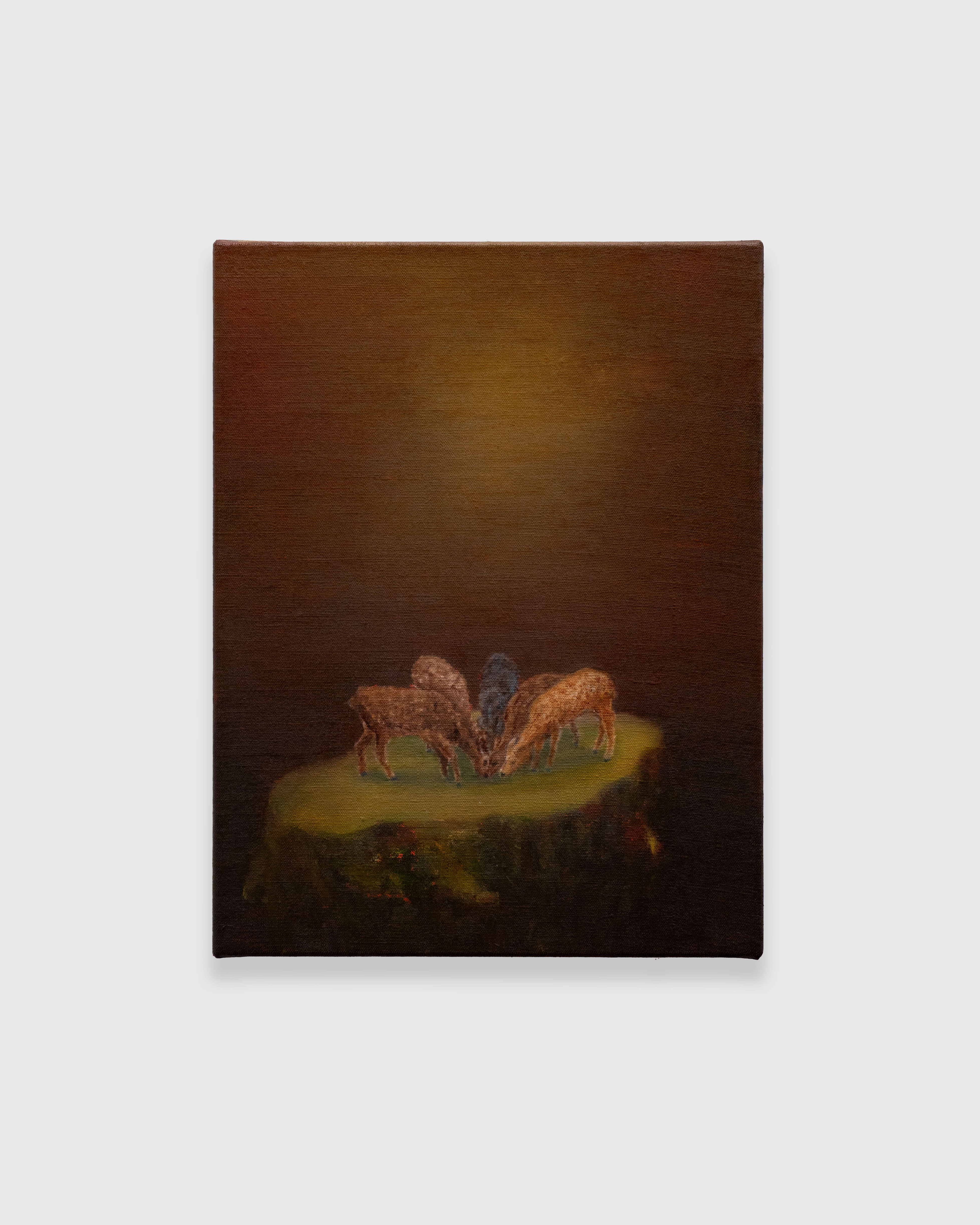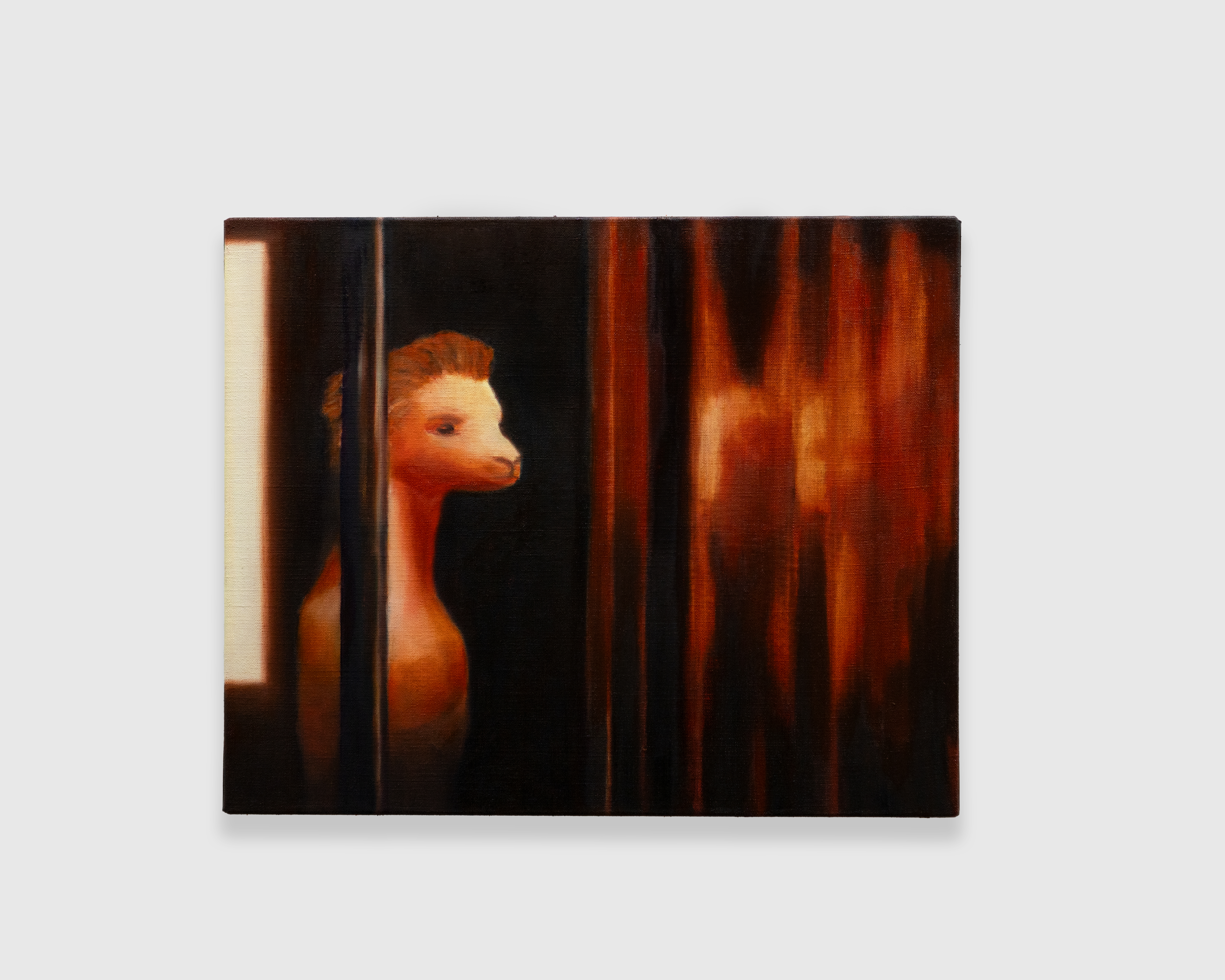“Field Trip” solo show at Galerie Kandlhofer
© repro Image Credits to Jana Perusich
© installation shots Image Credits to Manuel Carreon Lopez @kunstdokumentationcom
![]()
![]()
![]()
“
„Unanimous Decision (Dream Sequence)”, 2024, oil on linen, 140 x 170 cm
![]()
![]()
![]()
![]()
“Field Trip I”, 2024, oil on linen, 140 x 170 cm
![]()
“Sceptics Expect More Muted Growth II”, 2024, oil on linen, 140 x 110 cm
![]()
![]()
“Field Trip II”, 2024, oil on linen, 140 x 170 cm
![]()
“Die Schiefe Ebene (The Inclined Plane)”, 2024, oil on linen, 140 x 110 cm
“Bye Bye Stimuli”, 2024, oil on linen, 65 x 50 cm
![]()
“Sceptics Expect More Muted Growth I”, 2024, oil on linen, 140 x 110 cm
![]()
![]()
![]()
“Elevator Pitch”, 2024, oil on linen, 65 x 80 cm
![]()
![]()
“Der Zirkelschluss (Circular Reasoning)”, 2024, oil on linen, 65 x 50 cm
![]()
![]()
“The Elevator (Dream Sequence)”, 2024, oil on linen, 140 x 170 cm
![]()
![]()
![]()
“Entertaining The Idea”, 2024, oil on linen, 140 x 170 cm
![]()
“Das Tischfeuerwerk I (Table Fireworks I)”, 2024, oil on linen, 65 x 80 cm
![]()
“Das Tischfeuerwerk II (Table Fireworks II)”, 2024, oil on linen, 65 x 80 cm
![]()
![]()
“Exercises In Patience”, 2024, oil on linen, 65 x 50 cm
![]()
„Am Kadaver Des Kapitals Werden Jäger Zu Aaßgeiern (At The Carcass Of Capital Hunters Become Scavengers)“, 2024, oil on linen, 65 x 50 cm
“Field Trip IV”, 2024, oil on linen, 65 x 50 cm
“Trophy Cabinet”, 2024, oil on linen, 140 x 110 cm
![]()
![]()
“Self-Portrait (The Showpony)”, 2024, oil on linen, 65 x 80 cm
![]()
“Field Trip III”, 2024, oil on linen, 65 x 80 cm
Marc Henry's visual worlds draw from image databases of the internet's depths and the artist's own photographs. Using various software, he layers, merges, and isolates parts of his findings, creating entirely surreal and almost eerie scenes, which serve as templates for his works. Painting on coarse linen allows him a partial loss of control over the application of oil, distancing both himself and the viewers from the subject and emphasising the works symbolic content. The visual worlds created can be understood as a collective fiction, a hallucinatory space, entailing a self-reflection of the very act of painting itself.
The content of Henry’s works primarily investigates emotions. The search for truth and meaning in life, as well as growing uncertainty amongst the younger generation, is present in many of his works. His work is to be understood not so much as a critique, but rather as a space for resonance. Here, painting evolves from the tradition of confident statements and rather offers reflection on specific ideas and emotions.
In this series, forest depictions appear for the first time in Henry’s oeuvre. The forest suggests the limited perspective of humans and connects the desire for belonging with the Romantic pursuit of universal knowledge in the early 19th century. This connection ultimately leads to the realisation that the drive for self-elevation, especially in our post-factual society, can lead to missteps. The series evolves from landscape views to interiors, where the artificiality of office spaces ("office-core") meets the emotional topography of film noir. At the same time, the perspective shifts from societal analysis to introspection. The role of the individual, particularly that of the artist within social structures, moves to the foreground.
The Elevator (Dream Sequence) depicts a herd of sheep as a symbol of conformist group behaviour. The animals appear out of place, as if artificially inserted into their environment. One of the sheep has a seemingly human face, which feels distorted and unnatural, possibly generated by AI, and it appears to be the one most likely to resist the machinery of homogenising modern life. Underlying all of this is the concept of "play pretend” — a childlike behaviour in which we adapt to what we see around us, not because it aligns with our true selves but to mimic our environment. In this sense, the interior scenes in Henry's works, serving as symbols of the unnatural and imposed, can also be understood as deeply human survival strategies of individuals in the Capitalocene. Paintings like Skeptics Expect More Muted Growth I combine the capitalist machinery with the domestication of nature. The title refers to an oxymoron of stock market jargon, while the image depicts a cypress tree as tamed nature in a museum display case.
The blending of nature and office life recalls the absurd world of Jacques Tati's film Playtime as well as the landscape paintings of the Nabis artists like Pierre Bonnard, Paul Sérusier, or Félix Vallotton. Through the interplay of precision and indifference, Henry generates a unique visual language that skilfully addresses fundamental questions about humanity and society through its dreamlike absurdity.
Text by Lorenz Ecker
![]()
